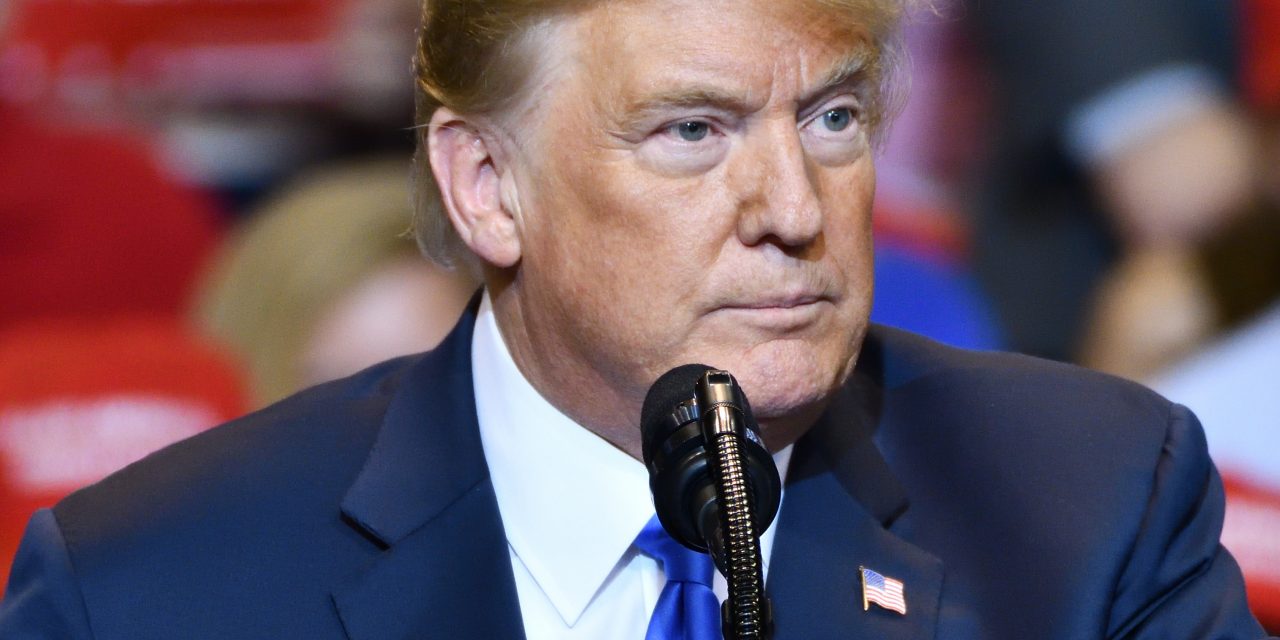Roughly 25 percent of the federal government closed on December 22 after President Trump declared his intent to veto any funding bill that didn’t contain five billion dollars for building a wall along the U.S.-Mexico border. Thirteen days later, much of the government remains on a shutdown, with Republican Senate leadership currently refusing to move forward any bill that Trump won’t sign. As both sides dig further in on Friday, the prospects of the shutdown ending any time soon seem distant.
The partial government shutdown, which affects multiple government agencies including the Department of Homeland Security (DHS), the Department of Justice (DOJ), the State Department, and the Treasury Department, is largely seen as the president’s last opportunity to secure funding for his promised border wall now that Democrats have retaken the House of Representatives.
Before the shutdown began, the Senate passed a bipartisan proposal to keep the government open without any additional funding for the wall. This plan was scuttled after the president unexpectedly opposed it at the last moment following criticism from immigration hardliners such as Rush Limbaugh and Ann Coulter.
Because DHS, DOJ, and the State Department are affected by the shutdown, many immigration functions of those agencies have been affected:
- Many employees working along the border and at airports are considered “essential employees” required to continue working, but that means that many Customs and Border Protection and Transportation Security Agency employees are going without pay.
- Although U.S. Citizenship and Immigration Services is mostly fee-funded and immune to the shutdown, its federally funded “E-Verify” program, which allows employers to determine if a new employee is eligible to work, has been shut down.
- The DOJ has shuttered all non-detained immigration courts, a decision which will add thousands of cases to a backlog already at 810,000 cases. While the non-detained courts remain shuttered, immigration judges can neither grant relief from removal nor issue any orders of deportation, putting people in limbo.
- Because the State Department’s visa and passport services are largely fee-funded, they are currently unaffected by the shutdown. However, should the shutdown last for weeks, the State Department could start cutting those services as funds run dry.
Since the shutdown began, the president has met with Congressional leaders several times but those discussions have yielded no progress. Negotiations broke down even further on Friday.
Amid swirling rumors about the possibility of reopening negotiations to trade border wall funding for protections for Dreamers, the White House sent a letter to Congress. The letter repeated statements made by DHS Secretary Nielsen earlier in the week that called for a wall, increased use of family detention, and the elimination of protections for unaccompanied children. However, deterrence is not a substitute for reforms.
As we approach week three of the shutdown, both sides continue to blame the other for the ongoing shutdown. At an impromptu press conference on Friday, the president confirmed reports that he told Democratic leaders he would keep the government shut down for “months or even years” if they did not agree to his demands. However, new House Minority Leader Kevin McCarthy suggested that a broader immigration compromise might be possible.
With no signs that the shutdown will end any time soon, the effects of the shutdown will only get worse in the days and weeks to come.
FILED UNDER: Border Wall, Donald Trump, featured, U.S.-Mexico Border


